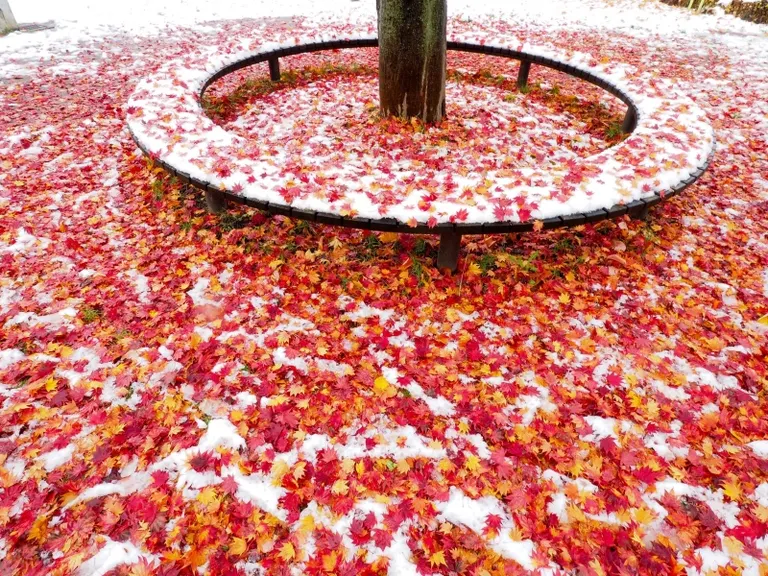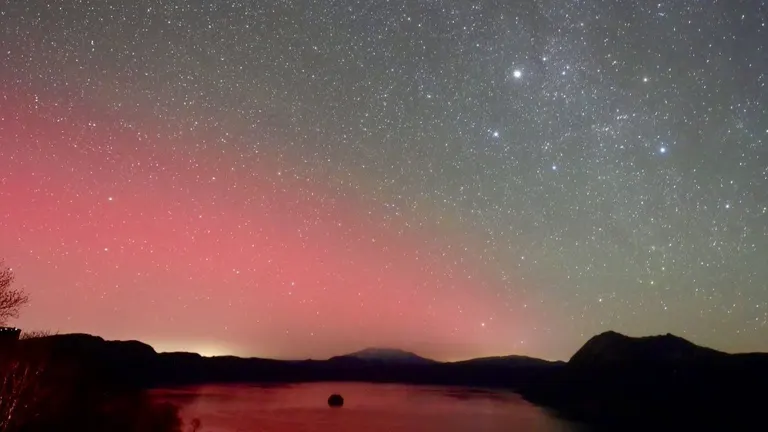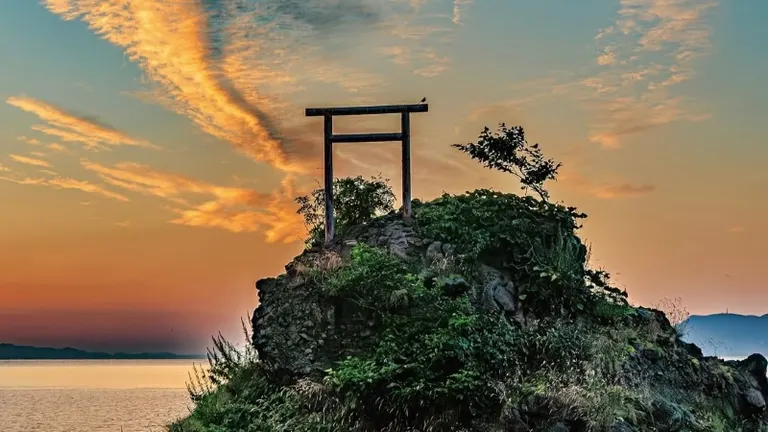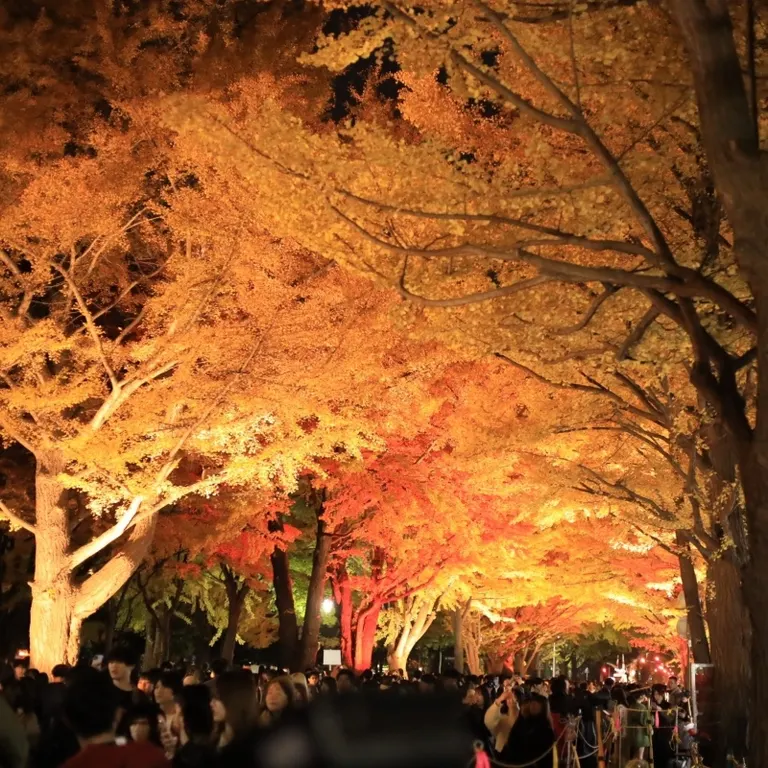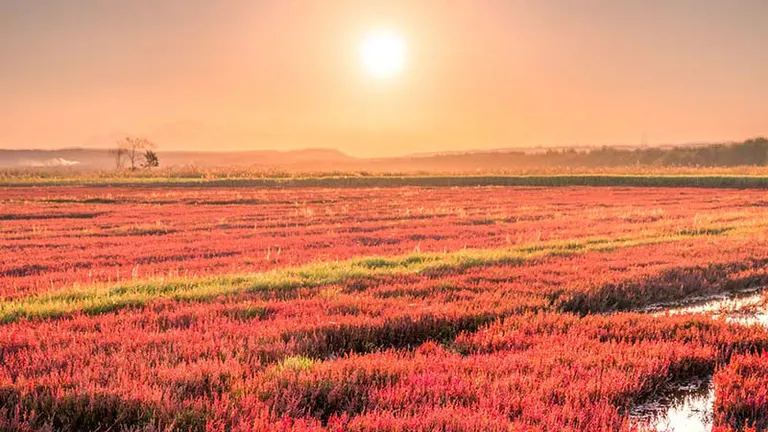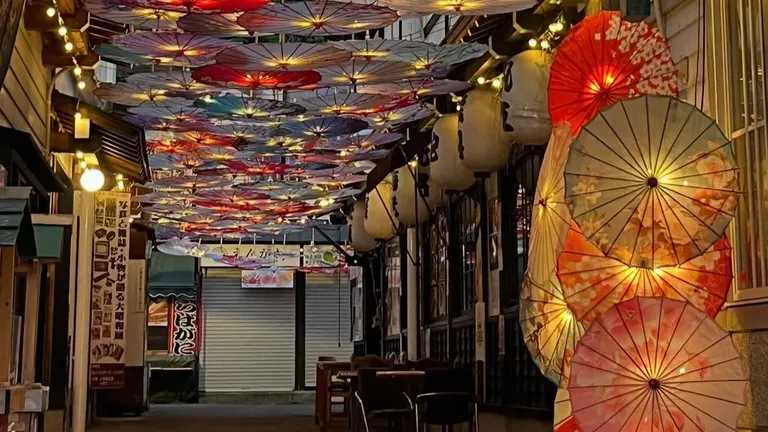![We will introduce you to the charms and ways to enjoy Lake Toro, the largest lake in the Kushiro Marshlands! [Series "Nakamichi Tomohiro's Shibecha Weather" (10)]|Domingo](https://p1-634a4370.imageflux.jp/w=768,f=webp:auto,q=78/https%3A%2F%2Fdomingo.ne.jp%2Fwp%2Fwp-content%2Fuploads%2F2022%2F08%2Fc2d46de351738a406c3aded549a4e1a7.jpg)
ARTICLES
We will introduce you to the charms and ways to enjoy Lake Toro, the largest lake in the Kushiro Marshlands! [Series "Nakamichi Tomohiro's Shibecha Weather" (10)]
Hello everyone. I'm Nakamichi Tomohiro from Shibecha Town. This year in Shibecha, the temperature has been lower than usual, and the summer days have flown by in an instant. The trees are changing color, and we can feel the signs of autumn approaching. Well, this time I'd like to introduce you to the charms and ways to enjoy Lake Toro, a lake located in Shibecha Town!

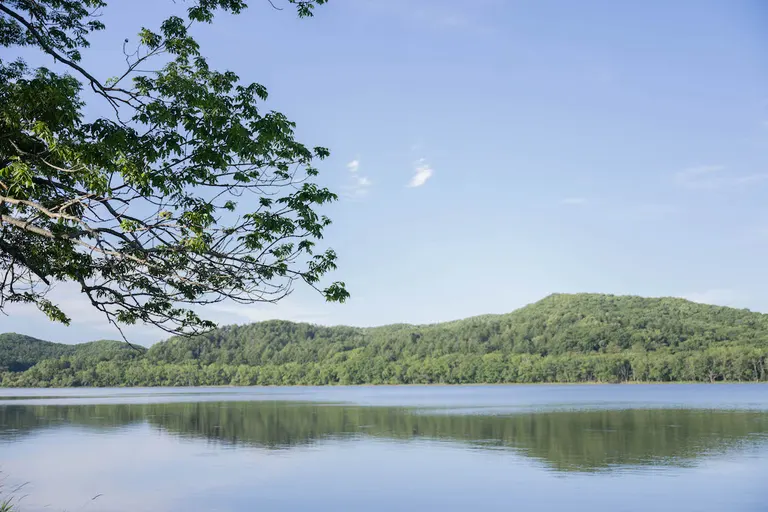
A freshwater lake in Shibecha Town. It is part of the Kushiro-shitsugen National Park. It is known as a producer of water chestnuts called Bekanbe. In the past, the Ainu people used these water chestnuts as a preserved food.
1. Rich nature, scenery, flora and fauna 2. Introducing the facilities around Lake Toro 3. Conclusion
Rich nature, scenery, flora and fauna
The charm of Lake Toro is its scenery and the flora and fauna that remain in their natural state. Lake Toro is rich in nature and has an abundance of food, so many birds live here. If you visit Lake Toro, please enjoy bird watching and nature walks.
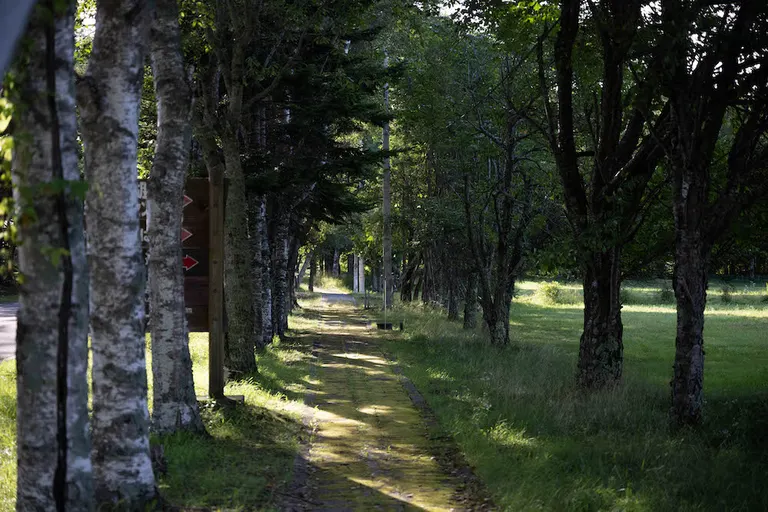
Lake Toro Promenade. Just walking along the lakeside is fun.
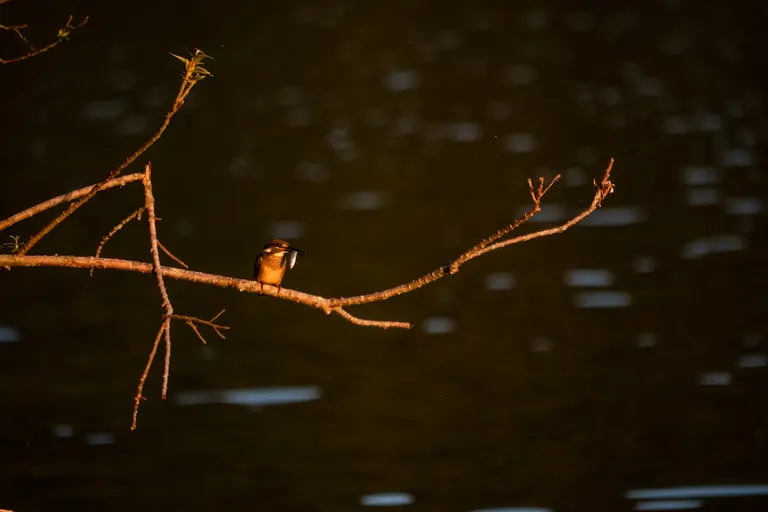
A kingfisher at dusk, catching a fish
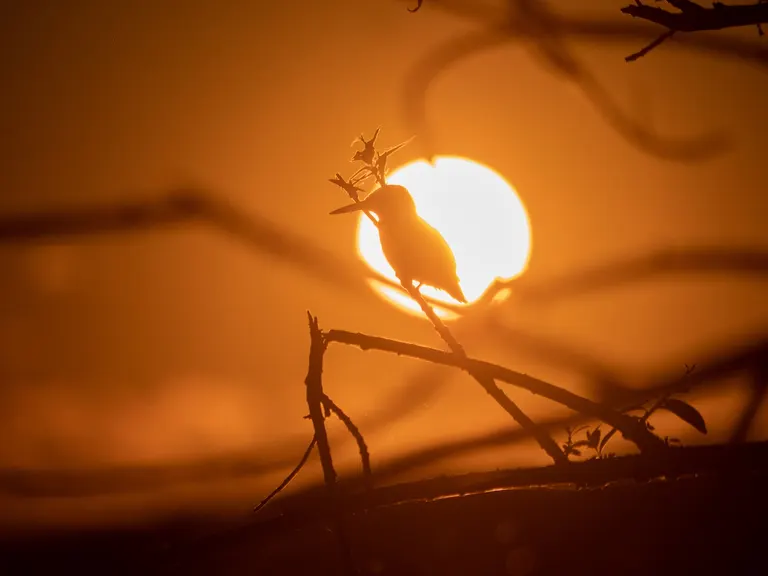
Sunset and Kingfisher

As I walked along the lakeside promenade, I encountered a grey heron, a waterside hunter. It waited patiently to catch a fish.
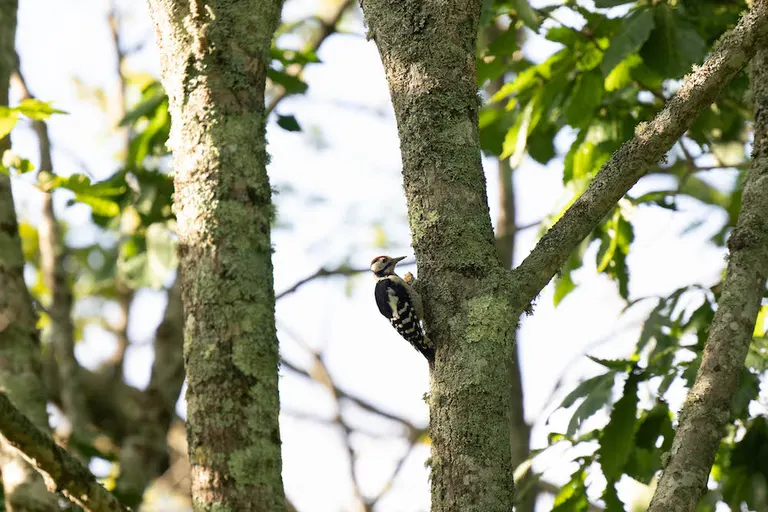
Great spotted woodpecker. It's a type of woodpecker.
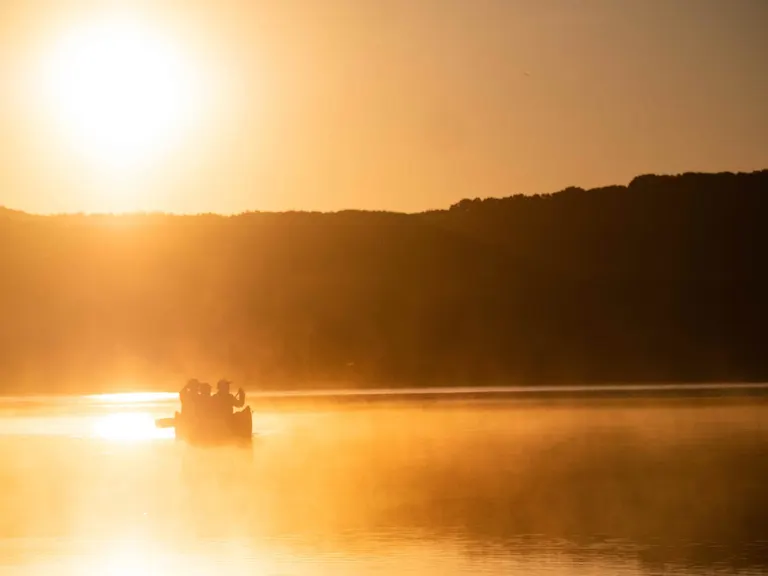
Early morning canoeing in the Kushiro marshlands
You can also get a panoramic view of Lake Toro from the nearby Sarubo Sarurun Observatory. This is also a recommended spot for those who want to go hiking.
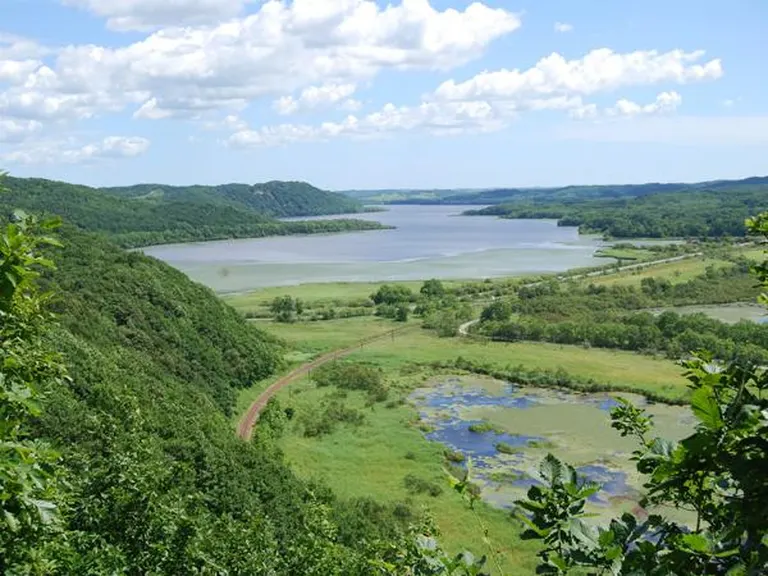
Lake Toro seen from Sarurun Observatory. The Senmo Line tracks stretch out.

■Location: Toji, Shibecha Town, Kawakami District ■Road closure: December to March ■ Admission fee: Free See details of "Sarurun Observatory" on Domingo
Introducing the facilities around Lake Toro
There are plenty of facilities around Lake Toro. If you are interested in the nature of Lake Toro, be sure to visit the Toro Eco Museum Center. There are exhibits detailing the nature, flora and fauna of Lake Toro, and the origins of the landforms.
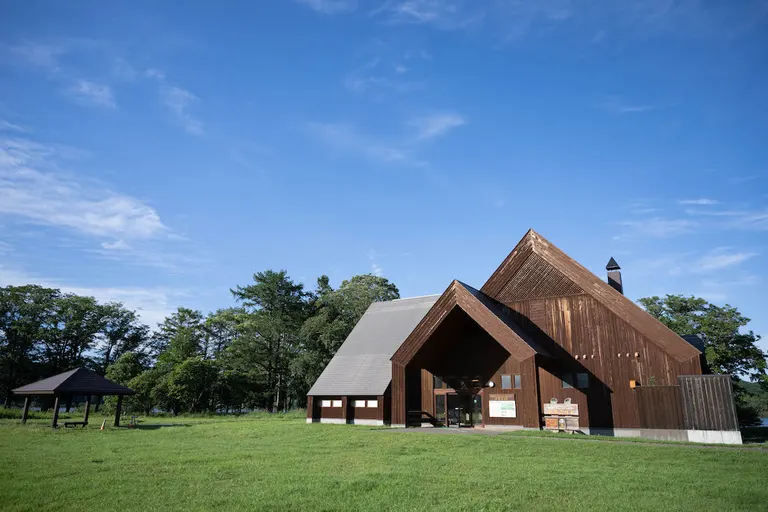
The Toro Eco Museum Center is located right in front of the parking lot. There is a park golf area in front of the center.

■Location: Tonohara, Shibecha Town, Kawakami District ■Opening hours: April to October: 10:00-17:00, November to March: 10:00-16:00 ■ Admission fee: Free See details of "Toro Eco Museum Center" on Domingo
Next to the Eco Museum Center is Lakeside Touro, which runs canoe tours from Lake Toro down to the source of the Kushiro Marsh.
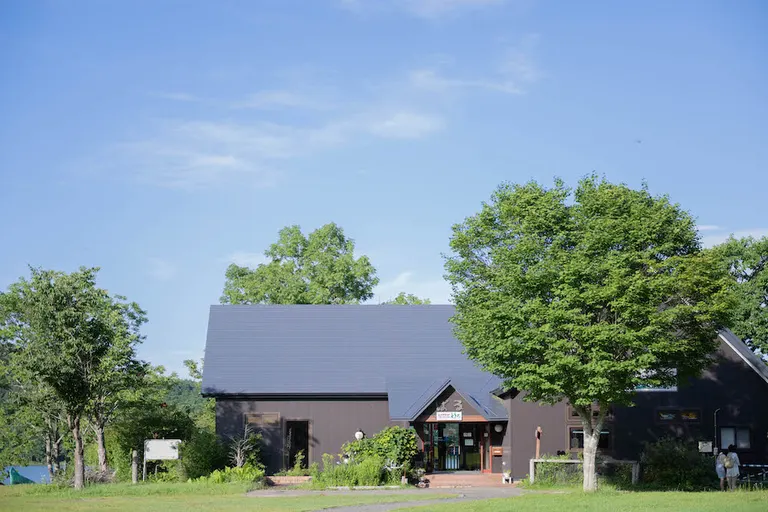
Lakeside and Torosan

■Address: 73 Tojiharanokita 8-sen, Shibecha-cho, Kawakami-gun See details of "Lakeside and Toro" on Domingo
During your canoeing experience, you may see white-tailed sea eagles, which are designated as a special natural monument, and in winter, Steller's sea eagles. You can see the experience on the "Shibecha Town Regional Revitalization" channel. If you are interested in what the tour is like, please check out this video. (By the way, in winter, when Lake Toro freezes over, you can also try smelt fishing, so be sure to come in the winter too!)
If you want to learn more about the history of Shibecha Town, head to the Shibecha Town Museum "Nitai-to" across the road from the parking lot. This is a facility where you can learn about the history of Shibecha Town in depth and in depth, including the town's Ainu culture, flora, fauna, and insects, as well as history. The museum also regularly holds events related to history. The building itself has a very calming atmosphere and is very beautiful.

Shibecha Town Museum "Nitai To"

■Address: 1-12 Toji, Shibecha-cho, Kawakami-gun ■ Business hours: 9:30-16:30 ■Admission fee: High school students and above: 220 yen See details of "Shibecha Town Museum "Nitaito"" on Domingo
The building next to the museum is the Hokkaido Penal Colony Kushiro Branch Prison Main Building. It was originally located at the current Shibecha High School but was moved to its current location in 1969. It is also registered as a Hokkaido Cultural Heritage site.
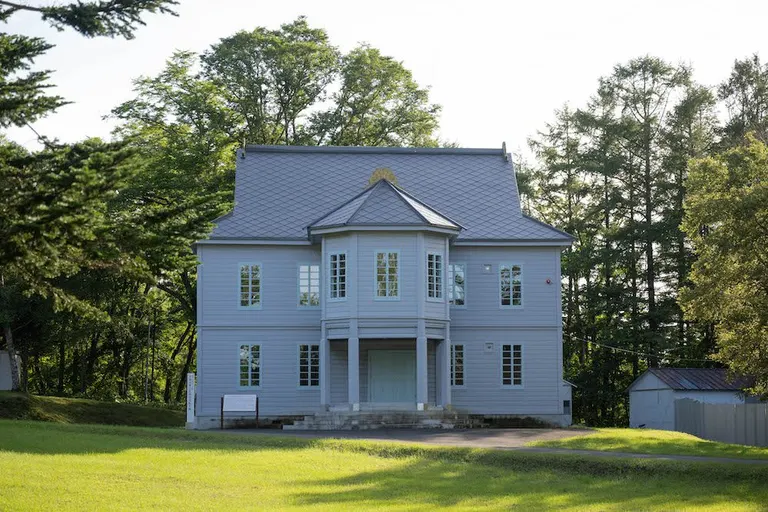
Hokkaido Penal Colony Kushiro Branch Main Building
Conclusion
What did you think? Lake Toro is a great place to enjoy in any season. Not only can you enjoy activities like canoeing, but there are also plenty of facilities like museums and eco-museum centers, so both outdoor and indoor types can enjoy it.
In addition, there are Toro Station, where the Norokko train stops, sauna facilities, burger shops and lodgings around Lake Toro. Please use the facilities around Toro as a starting point for sightseeing in Shibecha Town, not just for the day. We look forward to seeing you!
Previous articles on "Nakamichi Tomohiro's Shibecha Weather"
Part 1: Taking photos and videos in Shibecha, a treasure trove of nature Part 2: What Keiko Nakamoto from "Kurashi Koto Kina" teaches us Part 3: Six months after moving to Hokkaido. Living with nature Part 4: Revitalizing the town through YouTube! What is the true regional revitalization that Shibecha Town is aiming for? Part 5: Pocket Cafe in Shibecha Town. Introducing the SL exclusive menu Part 6: Protecting Hokkaido's horses, the "Hokkaido Washuuma" - Mr. Masato Kohama's challenge in Shibecha Town Episode 7: "I want to convey the beauty of Shibecha through photography" by Kaori Miyazawa Episode 8: Spring has finally arrived! Beautiful new greenery, sunsets, and animals starting to raise their young Part 9: The charm of Mt. Nishibetsu, the symbol of Shibecha Town
Author profile
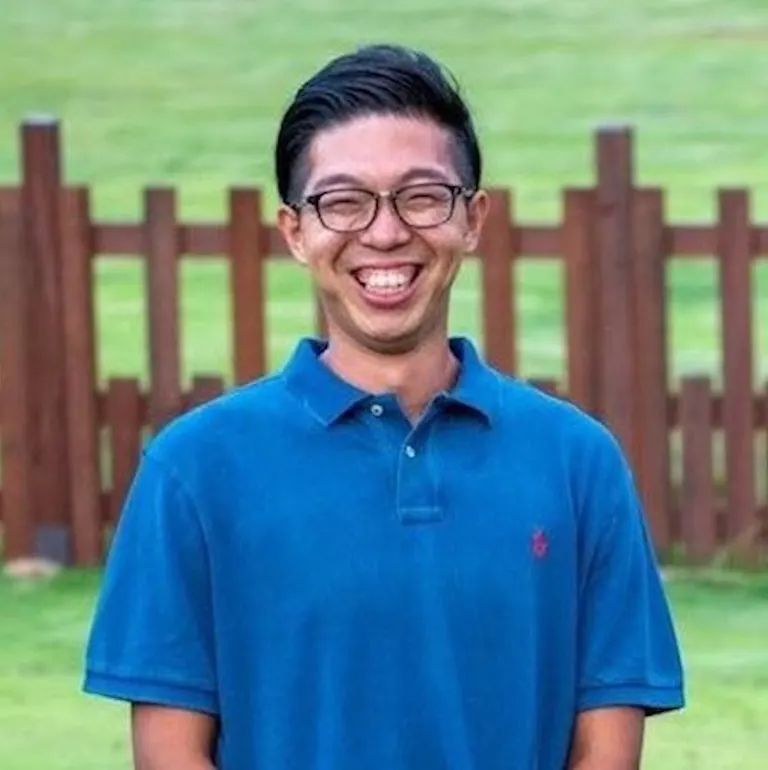 Shibecha Town Regional Revitalization Volunteer, Photographer, and Video Creator
Tomohiro Nakamichi
Shibecha Town Regional Revitalization Volunteer, Photographer, and Video Creator
Tomohiro Nakamichi
Born in Noda City, Chiba Prefecture in 1988. Ever since he was a child, he has loved animals and nature, and in his 20s he was involved in training various dogs as a dog trainer. Five years ago he began taking photographs and making videos of nature and animals. He currently lives in the woods of Shibecha Town, Hokkaido, where 20 wolves were kept, with four dogs. He is currently publishing his works on various social media platforms, with the theme of "the relationship between humans and animals."






